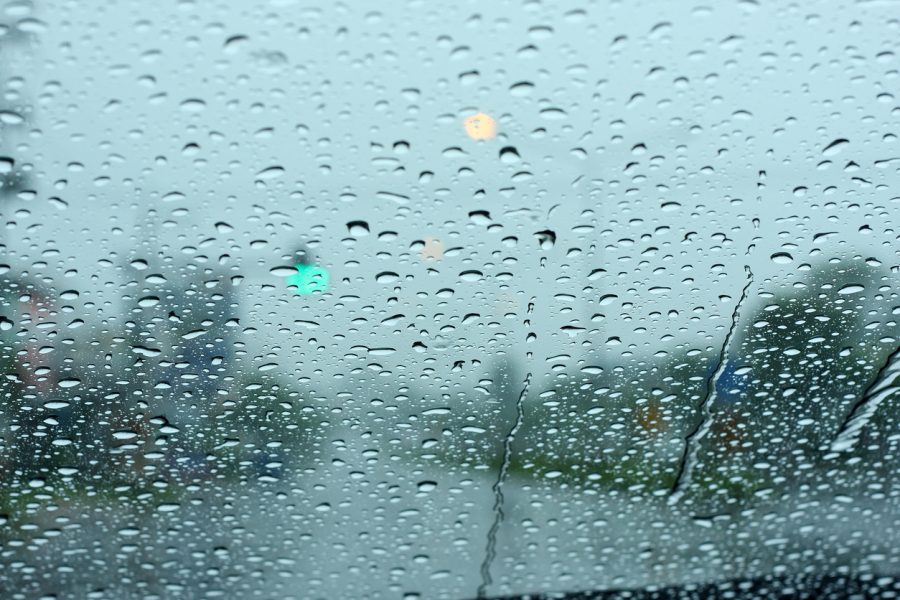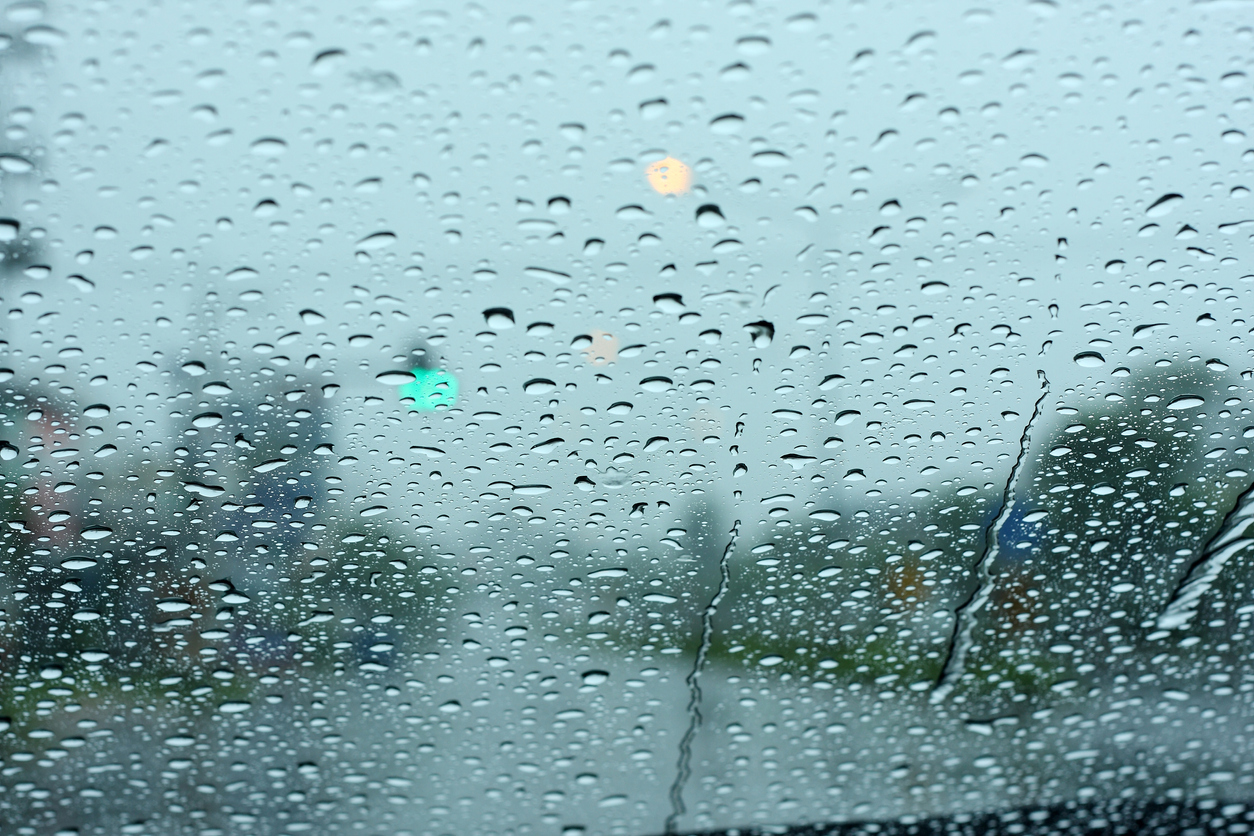
South African Government Issues Safety Tips as Heavy Rains Pelt Much of the Country
South Africa’s Cooperative Governance and Traditional Affairs (CoGTA) Minister, Dr Nkosazana Dlamini Zuma, has called for vigilance and caution amid heavy rains experienced in several parts of the country. Her department has also issued safety tips. The South African Weather Service (SAWS) issued a warning for widespread rain, as well as embedded thunderstorms with prospects […]

South Africa’s Cooperative Governance and Traditional Affairs (CoGTA) Minister, Dr Nkosazana Dlamini Zuma, has called for vigilance and caution amid heavy rains experienced in several parts of the country. Her department has also issued safety tips.
The South African Weather Service (SAWS) issued a warning for widespread rain, as well as embedded thunderstorms with prospects for rainfall over much of SA remaining favourable, especially over the eastern half of the country.
CoGTA spokesperson, Lungi Mtshali, said in a statement:
“In particular, there is a moderate to high risk of localised flooding of a disruptive nature, especially over North-West, Gauteng, the Free State, as well as adjacent parts of Limpopo, Mpumalanga and the north-eastern parts of the Northern Cape.
“The Minister calls on South Africans to be on alert and cooperate with governent by adhering to the warnings being issued especially as water moves quickly downstream, and that flooding can occur even when there is no rain.”
The department has issued the following safety tips.
Safety tips during heavy rains in South Africa:
- People living in low-lying areas must take special care during storms, as sudden floods might affect them. They should monitor the rising water levels and evacuate the areas to a safer place or higher spot when the water level rises.
- Do not cross through flooded roads or bridges: use other routes.
- Avoid crossing low-lying bridges, streams and rivers.
- Never try to walk, swim or drive in swift-flowing water. Even if the water is 15cm deep, it can sweep you off your feet;
- Motorist must be very careful and avoid driving through flooded areas.
- Drive to and park at safer areas.
- The public must monitor weather alerts on radio and television.
- The public should contact their municipal disaster management centres or the nearest police station or call the national emergency numbers (112, 10177 or 107) when faced with threats.
- Do not try to drive over a low-water bridge if water is flowing strongly across it and the ground is not visible.
- Teach your children about the dangers of floods.
- Keep your important documents in a water-resistant container.
- Keep your cell phone in close proximity to you and have emergency numbers at hand.
- Be especially vigilant at night. It is harder to recognise potentially deadly road hazards.
- Do not camp or park your car along rivers or washes, especially during heavy rains or thunderstorms.
- If you are on foot, be aware that low-moving water can also be dangerous during flood conditions. If you come upon moving water, do not walk into it.
- Where possible, communities are encouraged to try to avoid contact with any flood waters. The water may be contaminated with raw sewage, oil or other dangerous substances, and may also be charged with electricity from fallen power lines. – SAnews.gov.za
